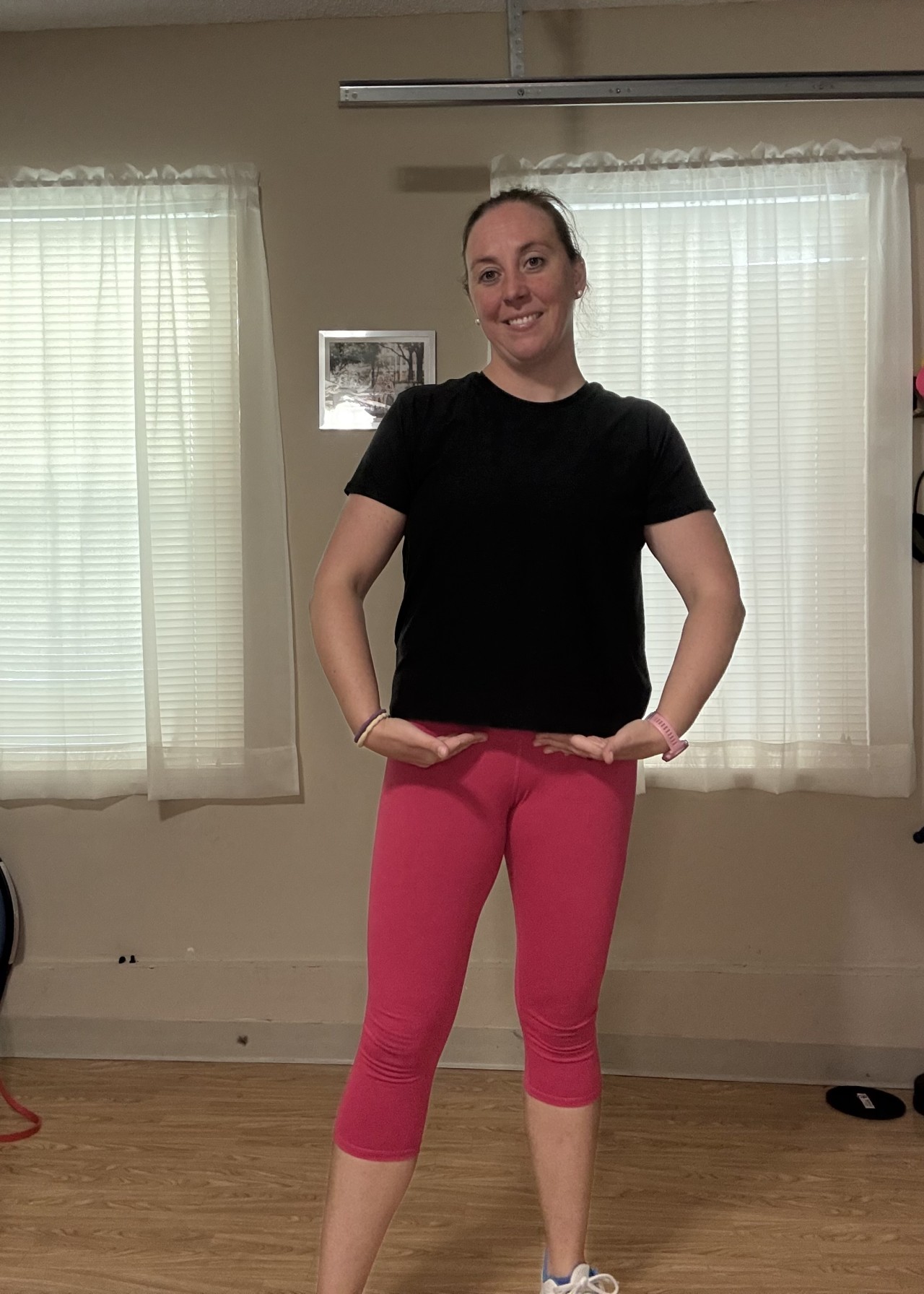C-Sections & Diastasis Recti — What You Should Know

C-section birth and Diastasis Recti often go hand-in-hand. Learn why, what to expect, and how to rebuild your core safely.
C-Sections & Diastasis Recti: Why They’re Connected & How to Rebuild Your Core
There’s a huge misconception that if you had a C-section, you’re somehow “protected” from Diastasis Recti. But that’s not how the body works.
A C-section is a birth.
Your abdominal wall stretches during pregnancy the same as anyone else’s.
And yes — you can still have DR afterward.

Why DR Shows Up After a C-Section
Your abs stretch during pregnancy just like every other pregnant woman. DR is part of the process, especially in the third trimester.
Then you add surgery.
A C-section can impact:
- Your core connection
- How your abdominal muscles fire
- Your ability to generate tension
- Your pelvic floor (yes, it still changes even without a vaginal birth)
You’re also dealing with scar tissue, which can change how your body moves, how you create pressure, and how your core responds in daily life.
Scar Tissue Work Is a Game Changer
Gentle scar tissue work isn't just about the incision. It can help:
- Reduce pulling and tightness
- Improve mobility
- Support better breathing and pressure management
- Help your deep core turn back on
Most women don’t realize they’re avoiding movement on one side because of the scar — and that directly affects DR healing.

DR After a C-Section Is Absolutely Treatable
You aren’t stuck with a weak core or a belly that doesn’t feel like “you” anymore. You can rebuild strength safely with:
- Better breathing
- Smart pressure management
- Deep core activation
- Movements that train your whole body, not just your abs
- Gentle scar tissue work
- Progressions that meet your body where it is now
When you combine the right exercises with understanding why your core feels disconnected, things improve so much faster.
If You Want a Clear, Step-by-Step Path
The DR + Core Recovery program includes everything above, plus a full C-section section with videos on scar tissue work and simple ways to reconnect your abs.
👉 Explore the full DR + Core Recovery program here
If you’re looking for a bigger picture of what Diastasis Recti is and how it shows up during pregnancy and postpartum, check out the main DR overview post to fill in any gaps.
👉 Read the “What Is DR?” guide here.
Categories: : C-section, Diastasis, Pelvic Floor & Core Health, Postpartum, Pregnancy
 Jen Landry
Jen Landry 